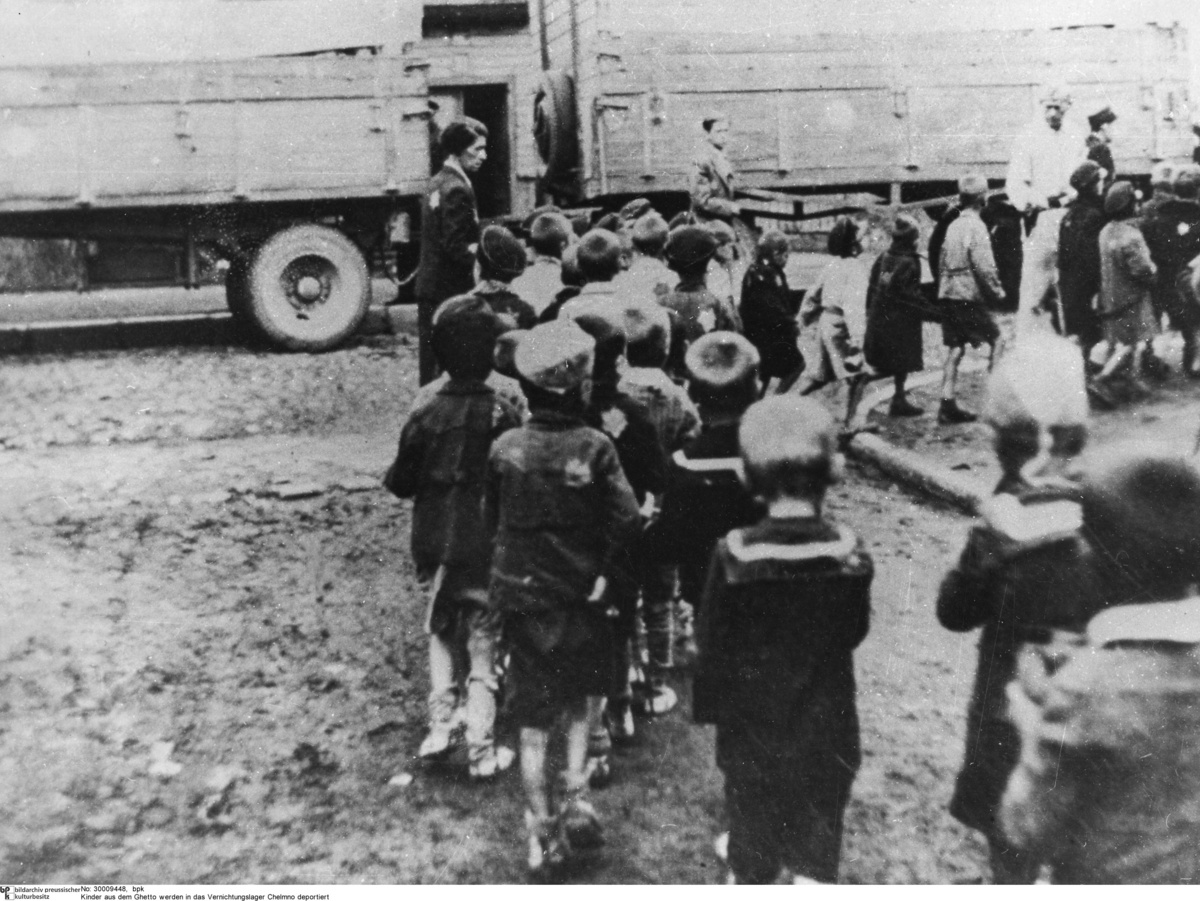Abstract
In September 1942, a large number of people were deported from the
Lodz (Litzmannstadt) ghetto to the Chelmno (Kulmhof) death camp. On
September 1-2, 1942, the Gestapo and the police violently removed 2,000
patients, including 400 children, from all of the hospitals in the
ghetto. At the same time, the Jüdischer
Ordnungsdienst (Jewish ghetto police) and the
Sonderkommando (a kind of ghetto
political police) sealed off the streets. After the hospitals were
evacuated, the Nazis ordered the deportation of an additional 20,000
Jews, including all children under ten and all ghetto inhabitants over
65. On September 4, Chaim Rumkowksi, Chairman of the Jewish Council of
Lodz, delivered a speech to an audience of around 1,500. Breaking down
in tears, he asked audience members to hand over their children – an
action that would allegedly save the lives of the rest of the ghetto
population. Between September 5 and 12, a general curfew was imposed in
Lodz (called an Allegemeine Gehsperre
or simply Sperre in German). During
this period, the Gestapo and the police carried out selections and
deportations with the help of the security service and the
Sonderkommando. Jews who attempted to
escape or offered resistance (often mothers wanting to save their
children) were shot on the spot. According to Gestapo figures and the
Lodz ghetto chronicle, 15,700 inhabitants of the Lodz ghetto were
deported to Chelmno between September 1 and 12, 1942.
